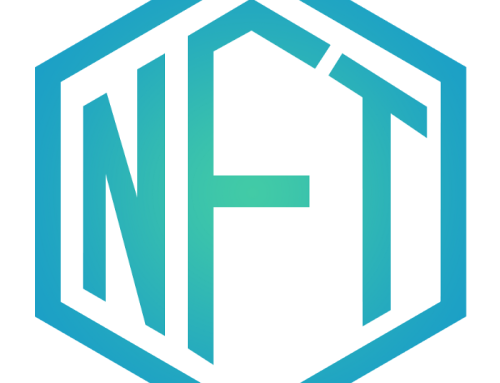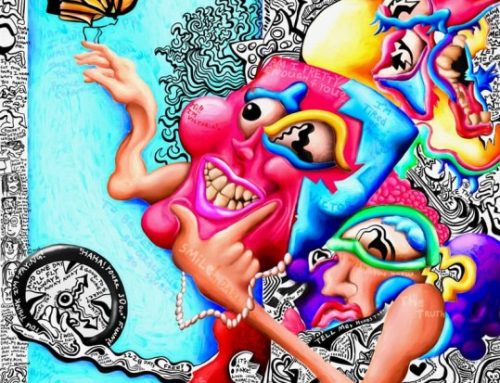A collectable (collectible or collector’s item) is any object regarded as being of value or interest to a collector” source:wikipedia. NFTs can be shaped into digital collectibles.
For example, Beanie Babies, a collectible from the 1990s, is a good example of a collectible. The creator of Beanie Babies purposely created limited supplies, to create scarcity. As Beanie Babies grew in popularity, so do did the online marketplace Ebay. Ebay became the perfect global market to buy and sell these plush toys. At its peak, a $5 Beanie Baby could sell for $10,000. However, as with many collectible markets, Beanie Babies collectible value ultimately crashed. Why did Beanie Babies have value? Because they seemed scarce, were desirable and could be traded in a market.
NFTs – Non-Fungible-Tokens – can be created in such a way that similar to Beanie Babies, to be scarce, desirable and obtainable via a market. “NFTs are unique items verified and secured by a blockchain, the same technology used for cryptocurrencies.“(1)
Authenticity and provenance are two problems facing the collectible world that are solved by NFTs. No expertise is required to authenticate digital art in the form of an NFT. It’s authenticity is verified by the blockchain. Similarly, the provenance or chain of title for NFTs is also confirmed from the blockchain. Every owner of the NFT is listed for all to see. There are many other characteristics of NFTs that enable them to be traded as digital artwork. Authenticity and provenance are two of them.
Bottom-Line: We can agree that art has value e.g. paintings, sculptures, etc. NFTs enable the digital representation of art, therefore, it follows that NFTs have value as digital art. NFTs enable more than just digital art, however, in the form of digital art NFTs have immense value.
Take a look at one of the largest NFT markets https://opensea.io/ see anything you would be willing to own?
Credits: (1)Fortnow, Matt; Terry, QuHarrison. The NFT Handbook (p. 10). Wiley. Kindle Edition.



